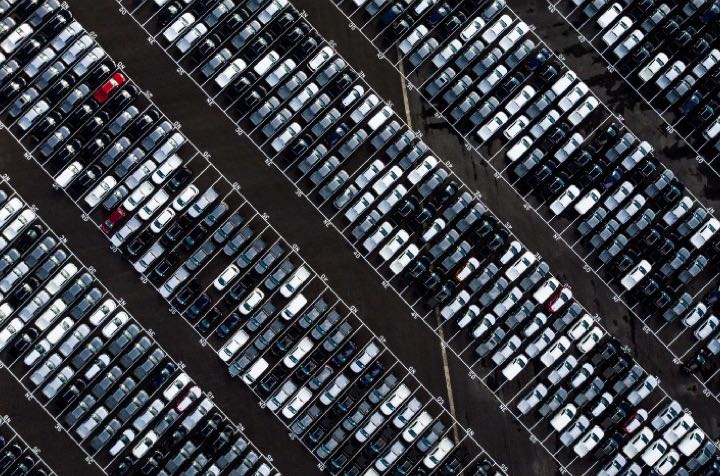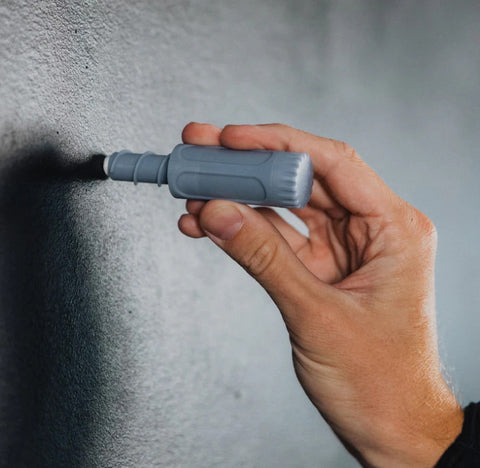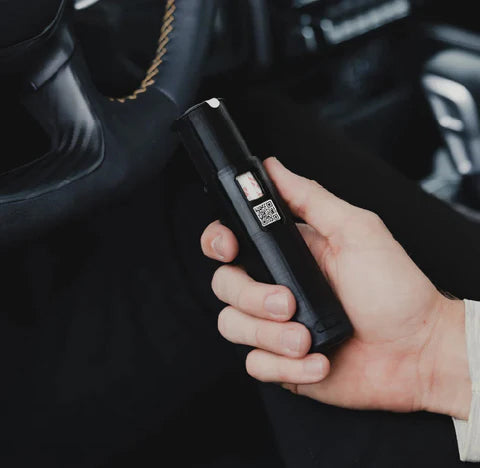Smoke-Free Vehicles Command Higher Valuations

People shopping for used cars are becoming savvier and more particular about the condition of the vehicles they purchase. Online resources like Carfax and Cars.com are giving consumers an upper hand they’ve historically never had and it’s reducing the time and effort needed to find the right car. But something about a vehicle’s history is still not widely available to those shopping online. Smoke history and the presence of thirdhand smoke residue needs to become a necessary factor when determining a vehicle’s market value and how it is advertised to consumers.
When tobacco-based products are smoked inside a vehicle a residue is left behind known as thirdhand smoke, along with other telltale signs and odors that alert potential buyers. Used car dealers and private owners will do their utmost to clean their smoke-contaminated vehicles, but it’s simply not possible to completely eliminate the problem. The odors are easy to detect when present in high concentrations. When combined with other distinct signs, like burn marks and ash stains, it’s a sure way to kibosh the sale.
Removing all signs of smoking from a vehicle is close to impossible and minimizing the impact of smoking contaminants in the car is costly, often requiring the replacement of components like air vents. As a result, used car sellers will disclose upfront when a vehicle has been a “smoking vehicle,” which typically reflects in the car’s resale value.
What Do We Know About Thirdhand Smoke Residue?
We know quite a bit about the dangers of secondhand smoke, but thirdhand smoke is attracting significant attention and proving to be just as harmful to your health.


